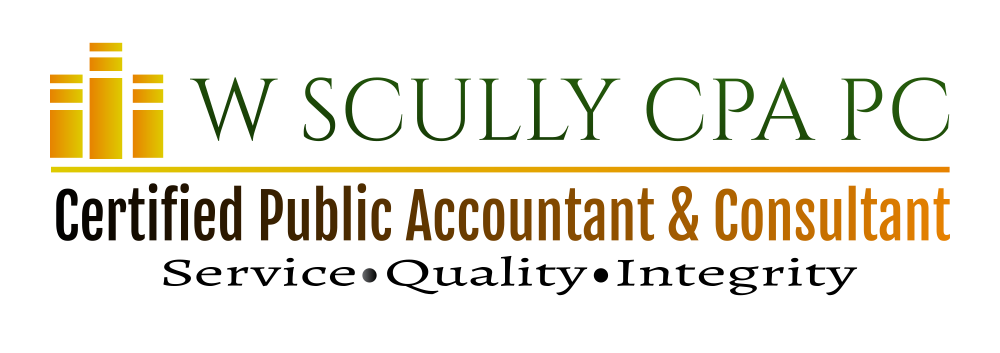If you’re a successful Jamaica, NY business owner in this high-pressure time, you’ve learned to master the art of the pivot. You have learned it’s good to sometimes change direction to take advantage of new opportunities to improve your business.
Pivot on pricing, pivot on operations, pivot on hiring, pivot on supply, pivot on financials…

Successfully pulling it off is impressive – really. As someone who works closely with a LOT of SMB owners, believe me, I know that it ain’t easy.
In fact, maybe you’re one of those businesses struggling to come through it all, even with those sweet, sweet pivots. Well, one piece of good news right now: there are (still!) many grants available to small business owners that could bring a little cash infusion to help get you through.
Another significant help? A little bit of guidance. (Ahem.)
We’d be happy to sit down with you, take a look at those financial statements and see how we can get your business on steadier ground. calendly.com/waynescullycpa/15min
We’ll start by taking a look at the big three financial statements: balance sheet, income statement, and cash flow statement. And so that’s what I want to talk about today…
Three Financial Statements Jamaica, NY SMBs Need To Get Right
“A business that makes nothing but money is a poor business.” – Henry Ford
As a small-business owner, you probably spend a lot of time thinking about the ins and outs of your company’s cash flow, A/R, A/P, and so on. Those and other financial categories of your books can show you a lot about where your company is headed… if you know where and how to look for both warning signs and good omens.
And that’s more important than ever as small businesses struggle to get their revenues back to pre-pandemic levels.
Here’s what you can learn from your books to keep your business on track.
The big three financial statements
Three major parts make up the basic financial picture of your small business: your balance sheet, income statement, and cash flow statement.
These three financial statementsseem similar – and they are, at first glance. But digging helps you see the details that combined give you a clear picture of the direction of your small business.
The balance sheet
The balance sheet presents the financial position of your company – your assets minus liabilities and owners’ equity at any given date – and how the assets are funded either by income, investment, or loan.
You’re familiar with most of the terms here, such as accounts receivable and payable. Assets are generally listed in order of liquidity (“cash” is often first, for example). Liabilities are generally listed in the order in which you should pay them.
Points to look for:
- Receivables should not be on the higher side as compared to total assets. Higher inventories can reflect lower sales.
- Liabilities don’t necessarily include contingent liabilities that may arise in the future when a specific event occurs.
Balance sheets can also quickly show you red flags. Debt, for one. Watch for high amounts when they’re stacked against your company’s overall net worth or cash flows. This can spell special trouble in inflationary times like these.
Double-check contingent liabilities – how bad are they and when will they come due? Are you a seasonal business? Check the date on assets and receivables and make sure you’re getting a picture of your company’s year-long strengths.
Also, check the sheet for cash, including at-hand, banked, and what comes from short-term investment. Is the level low or high relative to debt? How rapid is the outlay relative to your company’s growth? It should be fairly steady unless you recently went through an unusual expansion.
The income statement
Your income statement (aka your profit and loss statement) is the barometer of your company. It shows the financial performance over time with a picture of direct and indirect expenses.
It starts with revenue from the core operating activities and includes such other revenue as income from dividends, rentals, and other factors. Deducting expenses, of course, show net pre-tax income.
A couple points:
- Depreciation expense is the apportioned capital expense for the period.
- “Interest paid” should include other bank charges as well.
Some warning signs here are clear, such as if your costs exceed your sales (meaning you may need to lower expenses or increase prices). Also, watch for unexplained drops in sales and marketing expenditures – this can hurt your bottom line down the road – or for jumps in operating costs without a corresponding rise in revenue.
The cash flow statement
This statement shows where you get your money from your core activities, investing activities, and financing activities. Operating activities should be your biggest category here. Investing activity shows cash flow related to asset costs and sales. Financing activities present the movement in the capital structure of your business, such as long-term and short-term borrowings’ repayments and procurements, payments of dividends, and interest on obligations.
A glance at your cash flow statement can show you distinct warning signs. Do you rely too much on big but infrequent payments from just a few clients? Do you have many delayed receivables, maybe from slow-paying customers? Are you paying your bills too slowly? The ending cash and cash equivalents should also match with the cash and cash equivalents reflected in the balance sheet of the entity for the said period.
Don’t forget to step back and look at the bigger picture. Do you even have all these financials, and are they complete? Are you the only one who ever looks at them or who seems to care? Those too are warning signs – big ones.
These three financial statements just scratch the surface. If you know you need some help to start digging deeper into your business financials, let’s schedule a time to chat.
calendly.com/waynescullycpa/15min
We’re here for you and your Jamaica, NY business.
On your team,
Wayne Scully
(855) 254-1892
W. Scully, CPA, P.C.

